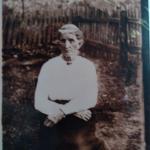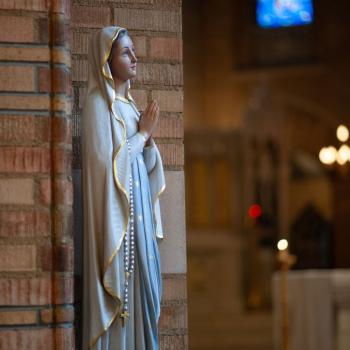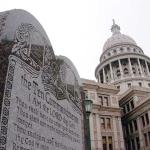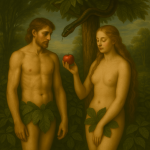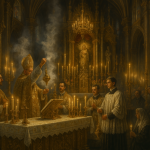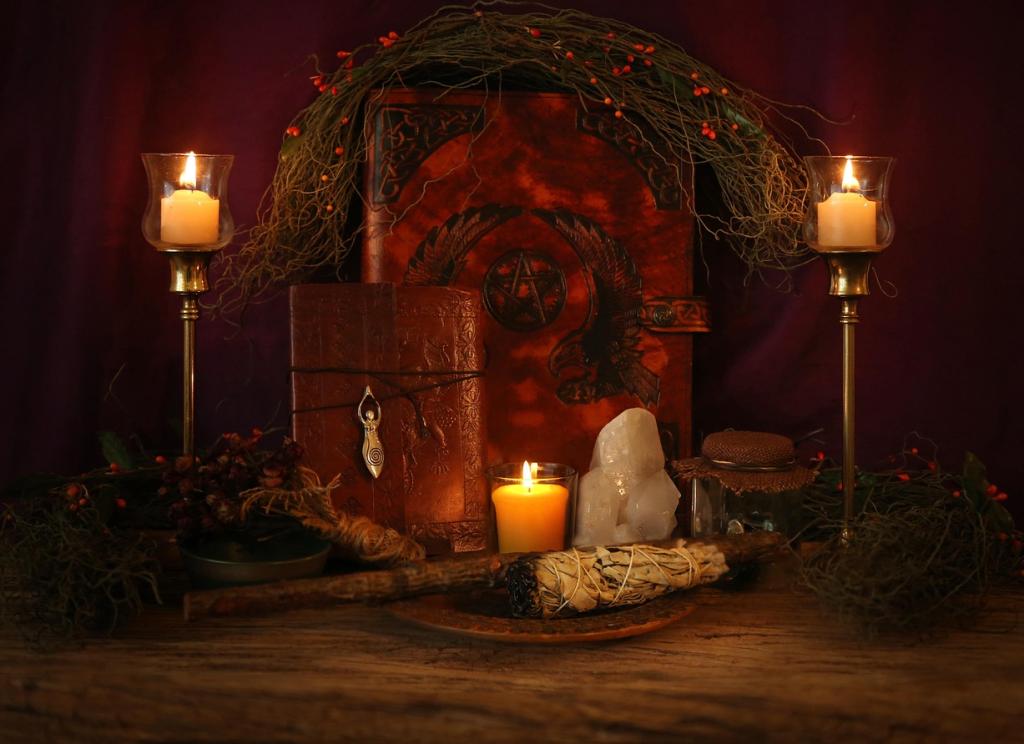
The Holy and the Heathen: A Look At How They Blended
When I first stepped away from Catholicism and into the world of pagan spirituality, I thought I was abandoning one belief system entirely to embrace another. However, throughout history things simply don’t work that way—and neither does spirituality. The boundary between the “holy” and the “heathen” has always been more porous than some might want to believe. I don’t pretend to speak for all pagans or heathens, but in my experience, the pagan and the Christian can overlap quite a bit, (although with less misogyny.) Pagan and Christian traditions didn’t just collide; they intertwined, creating a rich tapestry of syncretic practices that survive to this day.
Pagan Rome Meets Christianity
Christianity didn’t emerge in a vacuum. It grew within the heart of the Roman Empire, a place saturated with gods, goddesses, and mystery cults. Early Christians were strategic: they knew they couldn’t just force this new religion on the populace without a lot of resistance. Instead, they adapted, absorbed, and redefined existing symbols to ease the transition for their pagan citizens. Take December 25th, for example. Long before it became Christmas, it marked the Roman festival of Sol Invictus, the “Unconquered Sun,” celebrating the winter solstice and the return of light. The halo in Christian art? A borrowed sun motif, originally used to signify divine figures in pagan iconography.
Rather than erasing pagan customs, early Christianity often rebranded them. This wasn’t deception; it was survival and growth, a way to root new beliefs in familiar soil.
The Celtic-Christian Fusion
When Christianity spread to Celtic lands, it encountered deeply rooted traditions tied to the rhythms of nature. Instead of dismantling these beliefs, the Catholic Church wove them into its own fabric. Samhain, the ancient festival marking the end of the harvest and the thinning of the veil between worlds, evolved into All Saints’ Day and All Souls’ Day. The goddess Brigid became Saint Brigid, her sacred wells and fires still honored, just under a different name. Ostara became Easter, and instead of a festival honoring the coming of spring, renewal and rebirth, it became the day of Christ’s resurrection. There is a reason for the “Easter bunny.” Even as a child, I wondered what bunnies and Easter eggs had to do with Jesus rising from the dead.
This wasn’t just clever marketing; it reflected a deeper truth about spirituality. People didn’t abandon their gods overnight. They carried them into new faiths, reshaping them as saints, legends, and rituals that felt both old and new.
Norse and Slavic Syncretism
The Christianization of Scandinavia and Eastern Europe offers more examples of this blending. Yule, the Norse midwinter festival, brought us traditions like decorating evergreen trees, honoring the return of the sun, and feasting to drive away the darkness. Today, these customs are wrapped in Christmas cheer, but their roots run deep into pagan soil. The evergreen trees became Christmas trees, which my own family loved to decorate. It was a magical time for me as a child when we put the Christmas tree up each year with its glittering lights and ornaments.
Santa, or St Nicholas, came from the earlier idea of Odin who rode an eight-legged horse across the sky delivering gifts. This sky-traveling, gift-bringing figure likely influenced Santa’s sleigh and flying reindeer. The Christian St. Nicholas was a 4th-century Christian bishop from what is now Turkey. Known for his generosity, Nicholas became famous for secret gift-giving, such as leaving coins in people’s shoes. Christians were able to weave these two together for the Norse pagans.
In Slavic regions, old gods lingered as folk saints or mythical figures woven into Christian folklore. Rituals tied to the land—celebrations of harvest, fertility, and seasonal change—persisted, baptized with holy water but still whispering the names of older deities.
Syncretism Beyond Europe: The Colonial Era
The pattern didn’t stop with Europe. During the colonial era, indigenous peoples in the Americas and Africa faced forced conversion, but their spiritual practices didn’t disappear. Instead, they merged with Catholicism, creating vibrant syncretic traditions. In Mexico, the Day of the Dead blends Aztec rituals with Catholic All Saints’ observances, honoring ancestors with marigolds, altars, and offerings.
African diasporic religions like Vodou and Santería pair Catholic saints with traditional deities, creating a dual-layered spiritual language. Here, syncretism wasn’t just adaptation; it was resistance, a way to preserve sacred traditions under the watchful eyes of colonizers. Vodou and Santeria still thrive to this day, although Hollywood has done Vodou a great injustice in the way they portray it, twisting it into something evil and scary.
A Personal Reflection
As someone raised Catholic, I once saw paganism and Christianity as polar opposites. But learning about syncretism has softened that divide. I see now that spirituality isn’t about choosing sides; it’s about acknowledging the threads that connect us across time and tradition. The sacred doesn’t live in isolated boxes. It flows, shifts, and transforms.
Understanding this history doesn’t dilute my pagan path—it enriches it. I can light a candle for Brigid and feel connected to both the goddess and the saint. I can celebrate Yule and Christmas, honoring the return of the sun and the birth of light in many forms.
Final thoughts
Religious traditions are not islands; they are rivers, fed by countless streams of belief, practice, and culture. Syncretism shows us that the lines between the “holy” and the “heathen” are often drawn in sand, not stone.
Where do you see echoes of the pagan in the Christian—or vice versa—in your own life or community? I’d love to hear your thoughts.



